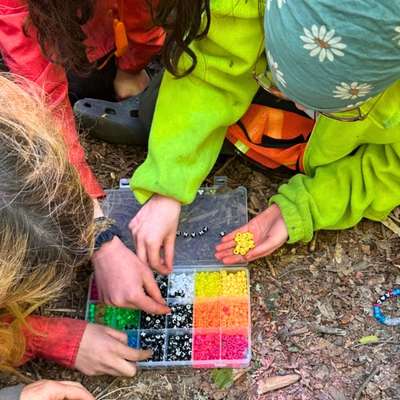In my work with emerging adolescents, I hold central the knowledge that their worlds are becoming immensely more complex as they transition from childhood into adolescence—suddenly, academic pressures are greater, their social world is more dynamic, and the emotional demands much higher. Technology and social media have only increased the intensity of this time and amplify the risks associated with falling behind. Many emerging adolescents need more help developing the skills necessary to take on these new challenges than their families can provide—often, their families are seeking education and support with their child's early adolescence as well.
At Blue Ridge, we offer a unique opportunity to slow things down and teach essential skills, all while providing emerging adolescents with daily structure, healthy sleep and diet, and exposure to peers who are on similar journeys. My group at Blue Ridge is specifically designed for this population; we intentionally balance healthy challenge with comfort, provide ample opportunities for creative expression, and implement programming that addresses this population's unique set of needs.






